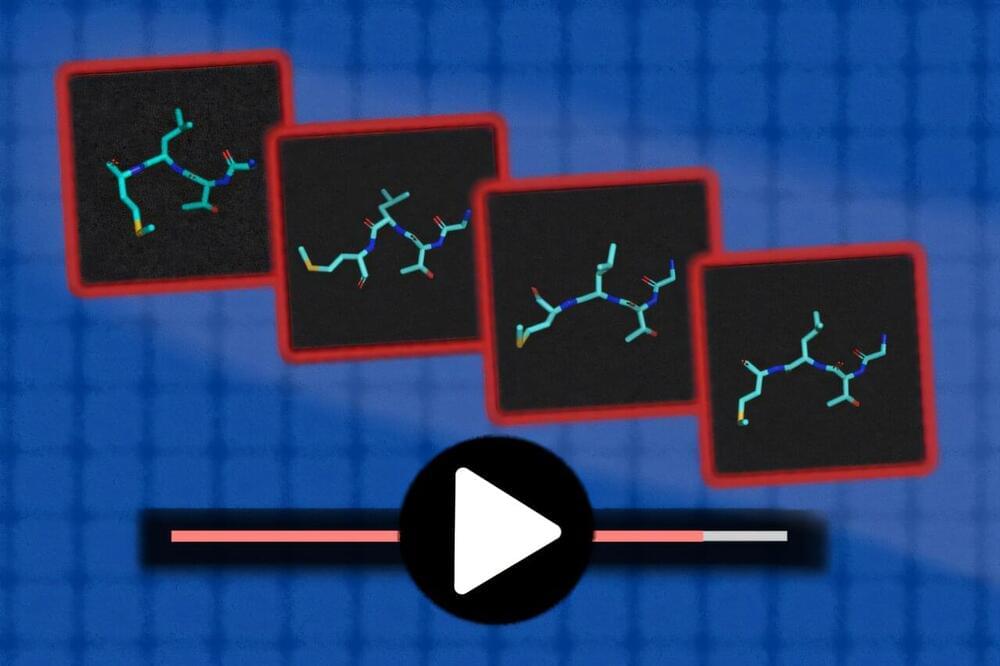As the capabilities of generative AI models have grown, you’ve probably seen how they can transform simple text prompts into hyperrealistic images and even extended video clips.
More recently, generative AI has shown potential in helping chemists and biologists explore static molecules, like proteins and DNA. Models like AlphaFold can predict molecular structures to accelerate drug discovery, and the MIT-assisted “RFdiffusion,” for example, can help design new proteins.
One challenge, though, is that molecules are constantly moving and jiggling, which is important to model when constructing new proteins and drugs. Simulating these motions on a computer using physics—a technique known as molecular dynamics —can be very expensive, requiring billions of time steps on supercomputers.
